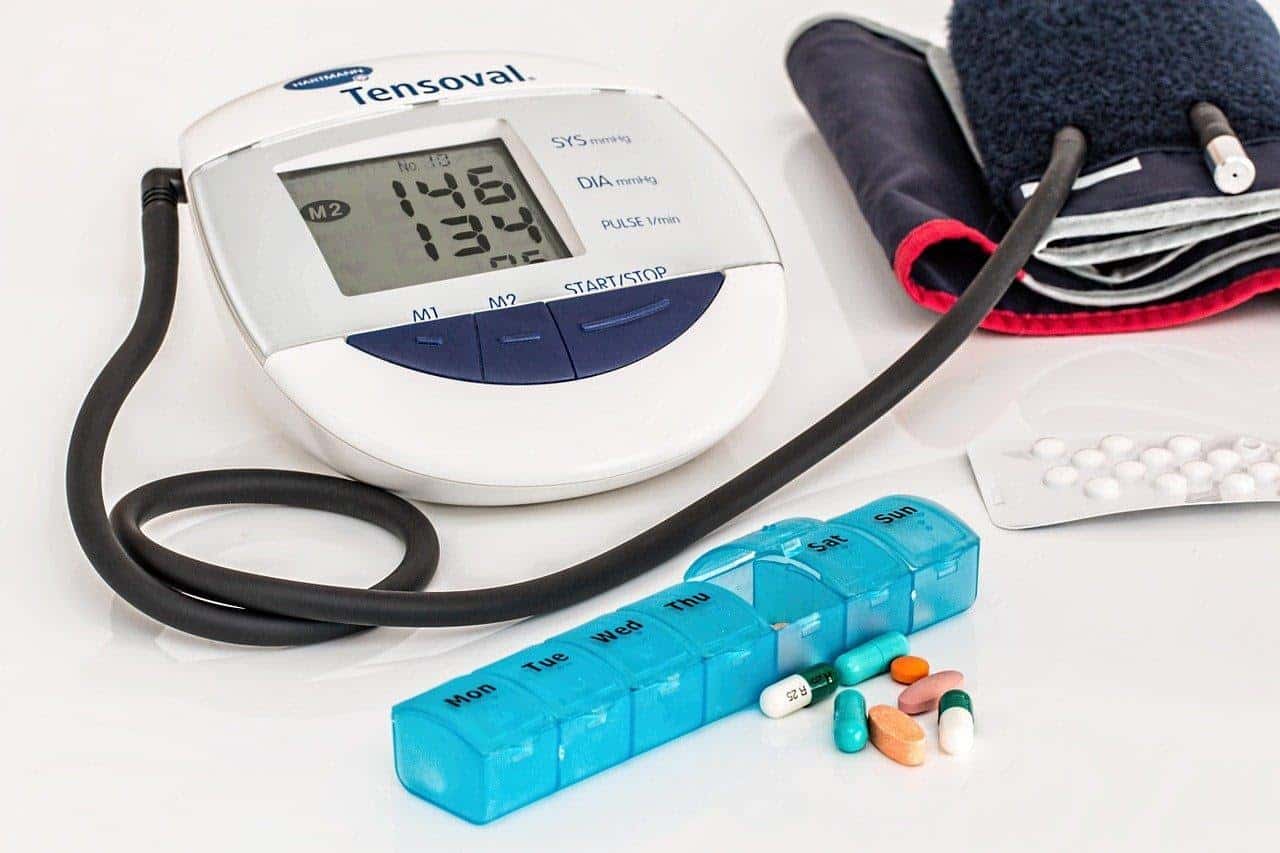Image: Source
Technology has only gotten better over the last several years, and the healthcare industry has seen some huge gains from the rising trends that have become commonplace with each new advancement. Thanks to them, the experiences of patients and healthcare workers are substantially improved. Wearable devices can now monitor a patient’s health at any time of day, data and algorithms can be utilized to detect warning signs before they occur, and virtual reality is being used to inform patients about their situation. When healthcare professionals and medical patients utilize these technologies, their lives are much improved.
The Tech That’s Changing the Healthcare Landscape
The first of the digital trends in healthcare making a huge difference is wearable devices, like smartwatches that are able to monitor heart rates, check blood oxygen levels, and track fitness routines which can not only give patients the means to check on their health at a moments notice anytime, but can also send critical data to doctors instantly. For example, some smartwatches feature echocardiograms which can detect changes in heart conditions and immediately alert the wearer if there are any irregularities. These devices can remain on the remain on the user’s wrists all day long and provide helpful records for them to check their progress or recent history.
Another huge change that is revolutionizing healthcare is the usage of artificial intelligence and big data. As more healthcare facilities have gathered statistics, conclusions, and information over the past several decades, the pool of available data has exponentially grown to the point where a solution was needed to effectively sort through it all and find relevant information quickly, but discover commonalities and patterns that might not have been obvious before. That’s where these algorithms came in, and they have been a key part of many healthcare systems being able to diagnose patients and identify risk factors at a much faster rate. If a patient has a special condition, doctors can now locate similar rare instances from previous data gathered, and can now input their own findings to help other patients with the same conditions down the road. It’s thanks to all this data that we are able to find cures and solutions to problems much faster.
Finally, virtual reality is transforming the way doctors are able to interact with their patients. Now, instead of telling a patient what is happening to them, they can put on a VR headset and see it for themselves, seeing firsthand what their treatment is doing and how it’s helping them. Surgeons on the other hand can also use VR to view fully scaled and accurate diagrams of a human body to run practice simulations and improve their operations. Patients themselves can be in a much better situation mentally by utilizing VR to get an outgoing experience while remaining in their own hospital beds.
As technology improves, these digital trends are sure to become an everyday part of the healthcare world. Patients and healthcare practitioners alike can look forward to the advances that these emerging tools can bring to make their lives easier.
The Editorial Team at Healthcare Business Today is made up of skilled healthcare writers and experts, led by our managing editor, Daniel Casciato, who has over 25 years of experience in healthcare writing. Since 1998, we have produced compelling and informative content for numerous publications, establishing ourselves as a trusted resource for health and wellness information. We offer readers access to fresh health, medicine, science, and technology developments and the latest in patient news, emphasizing how these developments affect our lives.









1 thought on “Healthcare Is Improving Thanks to Digital Technology”
Comments are closed.